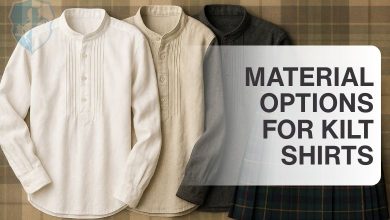The Cultural Significance of Scottish Wool and Cashmere
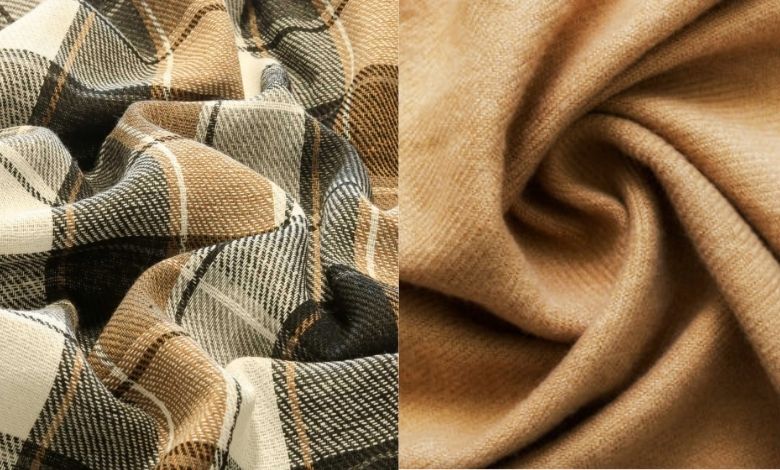
Things making Scotland popular worldwide also comprise its textile department. This particular sector falls on the list of cultural entities, and their traditional attire, like tartan kilts, is an example. Scottish wool and cashmere are two important fabrics Scots have been using for centuries that have a deep cultural significance. This article will shed light on these fabrics, focusing on their cultural importance, history, and future in Scotland.
Scottish Wool
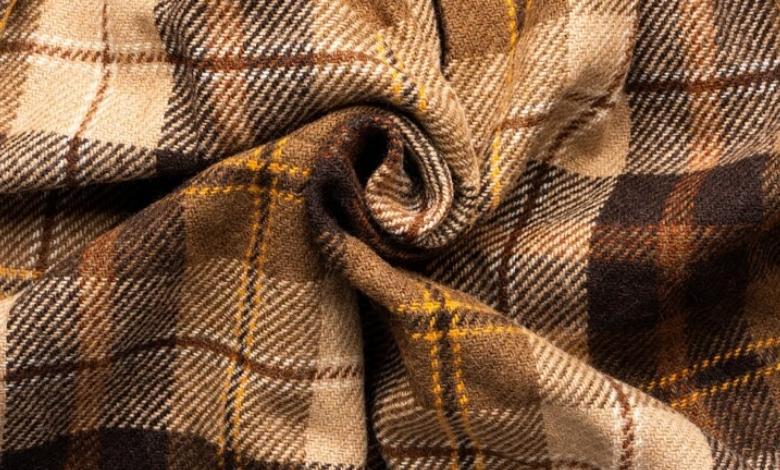
Wool is a fabric that is made from sheep’s fleece. Similarly, Scottish wool is the wool from sheep raised in Scotland. They have used wool to make garments from traditional tartan kilts to Scottish wool sweaters, scarves, and many others. In Scotland, it has different types, including:
- Acrylic Wool
- Worsted Wool
- Tweed Wool
- Shetland Wool
- Merino Wool
Though most of these wools are common to make kilts, acrylic wool is mostly used. Some popular tartan kilts made with this particular wool variation are:
- Night Watch Tartan Kilt
- Black Watch Tartan Kilt
- Mackenzie Tartan Kilt
- Camel Thomson Tartan Kilt
- Gray Watch Tartan Kilt
The story of wool began between the 14th and 15th. In that era, Scotland was the second and only country exporting wool to other countries after England. Similarly, during the 16th century, Scotland was heavily dependent on this fabric.
Scottish Cashmere
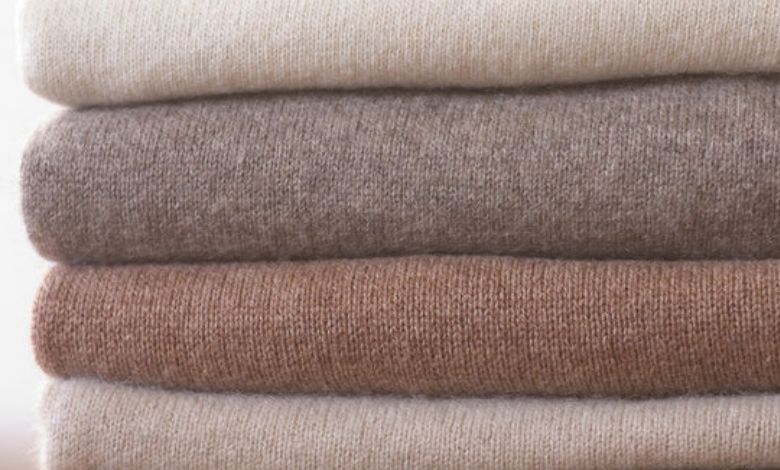
Let’s move to the other Scottish fabric known as cashmere. This fabric is made from goat’s wool and is the top choice among people because of its softness and higher quality than other fabrics. Similarly, the fabric is the best choice for people to use in winter since it can maintain heat for a long time. Cashmere further has three grades:
-
- Grade A: This kind is the softest and most expensive one.
- Grade B: The second grade of cashmere is not as soft as the grade A and is available at a cheaper price.
- Grade C: Even cheaper than both grades, grade C cashmere is still durable but less refined.
Scottish cashmere is considered to be the most expensive fabric worldwide. Production started there in the 19th century. Scotland became the top exporter of cashmere in the 19th century and owned almost 250 mills. Today, the fabric is used to make many types of garments, including Scottish cashmere sweaters, kilts, scarves, and other accessories.
Cultural Significance of Scottish Wool and Cashmere
Scottish fabrics are not just simple but have played an essential role in shaping the culture. Scottish wool and cashmere contribute equally to this scenario, so they are of huge significance there. Have a look at the details of these perspectives below.
A Symbol of Heritage
Everyone today knows very well about the importance of Scottish textiles. The clothing industry there did not rise in a matter of decades but centuries, making it a symbol—or better to say, flagbearer—of their heritage. Cashmere and wool are used to make tartan kilts, the traditional attire of Scotland, which is their national dress and they have been wearing for centuries.
Tartan Clan and Identity
No one can question the essentiality of tartans in Scottish and clan history. Tartan patterns hide the family details of different Scottish clans. Today, if a Scot is seen wearing traditional tartan kilts, other locals may not need to ask which clan he belongs to. This clearly indicates its importance in recognizing the identity of others.
Festival and Traditions
Wool and cashmere hold deep cultural significance in Scottish festivals and traditions. The warmth and durability of these natural fibres have made them essential for surviving the harsh Scottish climate. Similarly, traditional garments like kilts and woollen sweaters are worn with pride at Highland Games and other celebrations, showcasing heritage and craftsmanship.
Future of These Fabrics
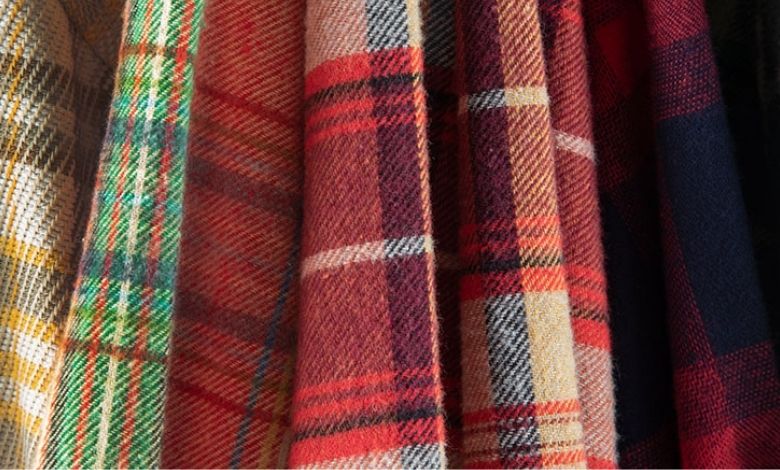
Though the role of Scottish cashmere and wool has been quite notable in the country’s history, their future is also quite promising. Many factors including environmental sustainability, ethical resourcing, and local production are contributing to its future. These Scottish fabrics have been impacting the culture of dressing worldwide. Similarly, they have always played an essential part in setting trends.
Technological innovation has increased the production rate of these fabrics, which lets people enjoy their culture conveniently. New designs and vibrancy in colours have been witnessed over the last few decades. Similarly, a spike in the fashion designing industry is going to boom, and the future of these fabrics is going to be more productive.
Celebrate Culture with “The Utility Kilt”
If you are looking to buy a tartan kilt made with wool, acrylic wool, or any other fabric to celebrate Scottish culture, we are here to introduce you to a promising brand named The Utility Kilt. At our online brand, we offer a range of kilts, including tartan kilts, hybrid kilts, utility kilts, and accessories.
Considering the circumstances, we provide products at affordable prices, expertly customized products, and on-time delivery. To reach us, you can call us at +19179057245, email us at support@theutilitykilt.com, or use the chat box.
Conclusion
The Scottish textile industry has been popular for setting trends for many centuries. Scotland pioneered many fabrics like tartan kilts. Similarly, Scottish wool and cashmere are very important factors in the industry. The country remained the top supplier of both fabrics. It is because the fabrics act as a symbol of heritage. Being used to making their traditional attire, they helped to keep their identity and festivals prominent, with a more promising future ahead.



